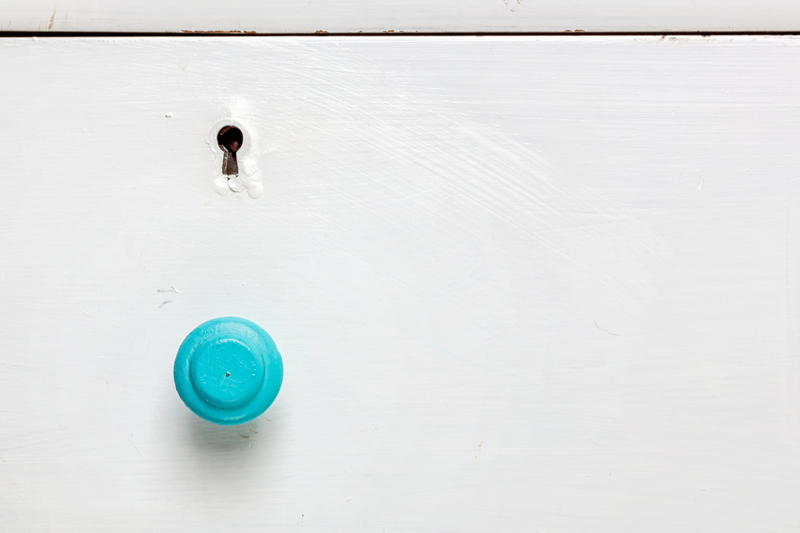Packaging Tips Every Business Should Know About Cardboard Disposal
Efficient packaging and proper cardboard disposal are crucial aspects of modern business operations. In today's eco-conscious world, the way businesses handle their packaging waste speaks volumes about their commitment to environmental responsibility. Cardboard, being one of the most commonly used packaging materials, often makes up the bulk of business waste. Implementing the right techniques for cardboard recycling, reduction, and disposal can not only cut costs but also significantly improve your company's environmental footprint.
In this comprehensive guide, we explore practical packaging tips every business should know about cardboard disposal, delving into best practices, benefits, regulations, and innovative solutions that will help your business thrive sustainably.

Understanding the Importance of Proper Cardboard Disposal
Cardboard packaging is omnipresent - from shipping boxes and cartons to product packaging and in-store displays. Unfortunately, without proper cardboard management, your business can quickly accumulate unnecessary clutter and contribute to landfill overflow.
Why Cardboard Disposal Matters
- Reduces Environmental Impact: Cardboard that goes to a landfill takes years to decompose and releases harmful methane gas in the process.
- Supports Recycling Initiatives: Recycling cardboard conserves resources, saves energy, and reduces greenhouse gas emissions.
- Enhances Brand Reputation: Eco-friendly businesses attract conscious customers and partners.
- Promotes Efficient Operations: Proper cardboard handling streamlines waste management, helping workplace efficiency.
Key Packaging Tips for Businesses Handling Cardboard Waste
1. Minimize Cardboard Usage in Packaging
Before even considering cardboard disposal, the first step is reduction. Rethink your packaging strategy to use only as much cardboard as necessary. This not only decreases waste but can also save your business on material and shipping costs.
- Opt for Right-sized Packaging: Avoid oversized boxes. Choose packaging that snugly fits your product, reducing the amount of unused cardboard.
- Explore Alternative Materials: Use biodegradable, reusable, or recycled materials where possible.
- Design Multitasking Packaging: Consider packaging that can be reused by the customer or re-purposed within your company.
2. Implement a Cardboard Segregation System
Establish an effective system for collecting and separating cardboard from other waste streams. This step is crucial for maximizing the recyclability of your packaging waste.
- Designate Cardboard Collection Points: Clearly marked bins or collection areas in workspaces, loading docks, and storage areas make segregation easy.
- Educate Employees: Train your staff about the importance of keeping cardboard clean and dry for recycling.
- Use Separate Containers: Keep cardboard free from contaminants like food, plastic, and hazardous materials.
3. Flatten, Bundle, and Store Cardboard Properly
Proper handling is key to efficient recycling. Flatten all cardboard boxes to save space and simplify storage.
- Remove Non-Cardboard Components: Before disposal, remove tapes, labels, and plastic liners.
- Bundle Cardboard Together: Tie flattened boxes into manageable bundles to facilitate collection, especially if using curbside recycling services.
- Keep Cardboard Dry: Wet or soiled cardboard may not be accepted by recyclers. Store in a sheltered area until pickup or drop-off.
4. Set Up Contracts with Cardboard Recycling Services
Establishing a relationship with a reputable cardboard recycling partner ensures ongoing responsible disposal. Research local recycling providers and compare their offerings.
- Negotiate Regular Pickups: Arrange scheduled collections based on your business's waste generation rate.
- Explore Revenue Opportunities: Some recyclers pay for large volumes of clean cardboard, turning waste into an additional income stream.
- Track Disposal Metrics: Ask your recycler for regular reports on the amount of cardboard collected and recycled.
5. Promote Internal and External Awareness
Encourage sustainable cardboard practices both inside and outside your company.
- Host Training Sessions: Regularly educate staff on new disposal processes and recycling guidelines.
- Involve Customers: Use packaging that includes clear disposal instructions for the end user.
- Share Success Stories: Publish your sustainability achievements in newsletters or on your website to inspire employees and customers alike.
The Environmental Benefits of Efficient Cardboard Disposal
Proper cardboard recycling and disposal offer several far-reaching environmental advantages:
- Conserves Natural Resources: Recycling cardboard reduces the need for virgin trees, preserving forests and biodiversity.
- Saves Energy: Producing recycled cardboard uses less energy compared to manufacturing new cardboard.
- Reduces Greenhouse Gas Emissions: Decomposing cardboard in landfills releases methane, a potent greenhouse gas. Recycling mitigates this risk.
- Minimizes Landfill Space: With millions of tons of cardboard produced annually, recycling diverts significant volumes from overflowing landfills.
Businesses can play a major role in driving the recycling industry and creating a circular economy.
Regulations and Compliance for Cardboard Disposal
National and Local Regulations
Depending on your jurisdiction, there may be specific regulations surrounding cardboard waste disposal and recycling. Non-compliance can lead to fines or negative publicity.
- Understand Local Laws: Review municipal or county waste regulations for commercial establishments.
- Stay Updated: Laws regarding packaging, recycling, and material bans are frequently updated; ensure ongoing compliance.
- Proper Documentation: Maintain records of disposal volumes, partners, and pickup schedules to demonstrate compliance if required.
Industry-Specific Standards
Certain industries, such as food service or healthcare, may face stricter rules about cardboard contamination. Always follow best practices to ensure clean recycling streams.
Innovative Approaches to Cardboard Packaging and Disposal
Embracing Recycled and Recyclable Packaging
Leading brands are increasingly opting for packaging made from 100% recycled cardboard or certified sustainable sources. Choose suppliers that share your commitment to environmental stewardship.
- Look for Certification: Choose packaging with FSC (Forest Stewardship Council) or SFI (Sustainable Forestry Initiative) certification.
- Utilize Recycled Content: Cardboard products with high recycled content perform just as well as those made from new material, and are often more affordable.
Zero-Waste Initiatives
Some businesses are striving for zero-waste packaging by reducing, reusing, and recycling all packaging, including cardboard. Creative internal reuse schemes--such as using incoming cardboard for outgoing shipments--can further lower disposal needs.
Investing in Cardboard Shredders and Compactors
Large-volume businesses can benefit from on-site shredders or balers to manage cardboard waste. These machines reduce storage space requirements and can increase the value of your recyclable materials.
- Reduce Transportation Costs: Compacted cardboard occupies less space, reducing collection frequency and associated fees.
- Enhance Material Value: Baled or shredded cardboard is often more attractive to recyclers.
Frequently Asked Questions on Business Cardboard Disposal
What cardboard can be recycled?
Most clean and dry cardboard, including corrugated boxes and paperboard (like cereal boxes), can be recycled. Avoid including wax-coated, heavily soiled, or laminated cardboard in your recycling stream.
How should businesses store waste cardboard prior to disposal?
Cardboard should be flattened, kept dry, and stored in a clean, segregated area. Bundling or baling is recommended for larger volumes to streamline collection and transport.
Are there financial benefits to proper cardboard disposal?
Yes. Efficient cardboard recycling can reduce commercial waste bills, create potential revenue streams, and cut material purchasing costs through optimizations in packaging design and reuse.

Creating a Culture of Sustainable Packaging
Strengthen your business's sustainability efforts by making responsible cardboard use and disposal a core company value. Consider the full lifecycle of your packaging materials, from procurement to final disposal or recycling. Partner with suppliers, employees, and customers in a joint effort to minimize environmental impact.
- Develop an Environmental Policy: Outline your business's approach toward packaging waste and recycling.
- Engage Stakeholders: Involve all employees and vendors in implementing and maintaining cardboard disposal best practices.
- Regularly Review and Improve: Audit your packaging and disposal systems periodically and seek new ways to improve.
Conclusion: Sustainable Packaging and Cardboard Disposal Are Good for Business
Proper packaging and cardboard waste management are not mere obligations--they present significant opportunities for businesses to save money, strengthen brand reputation, and safeguard the environment. Implementing effective packaging tips for cardboard disposal ensures your business operates efficiently, complies with all regulations, and contributes positively to a more sustainable future.
Whether you're a small retailer or a multinational corporation, make today the day you rethink your company's approach to cardboard packaging and disposal. Together, we can build a more sustainable and cost-effective future for your business and our planet.



